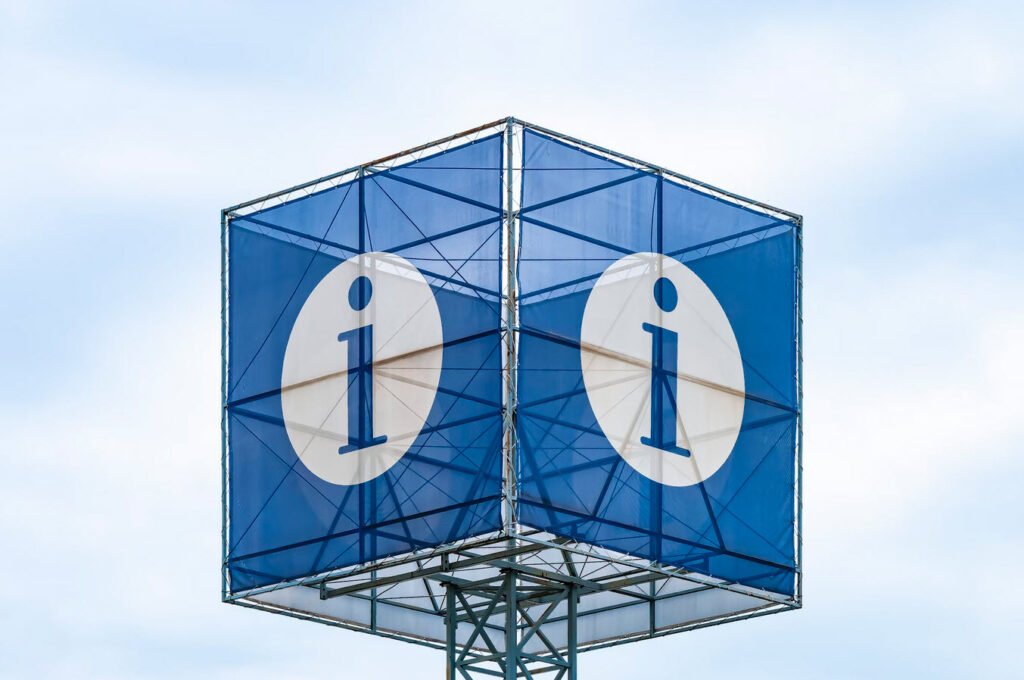
In the realm of information security, organizations must be cognizant of various types of risks and take appropriate measures to mitigate them effectively. By identifying and addressing these risks, organizations can better protect their valuable assets and ensure the confidentiality, integrity, and availability of their information.
Let’s explore the major categories of information security risks:
1. Physical Damage:
Physical damage refers to potential threats that can physically harm an organization’s infrastructure, facilities, or equipment. Examples include fires, floods, acts of vandalism, power outages, and natural disasters. These incidents can lead to data loss, system downtime, and disruption of business operations. Implementing physical security measures such as fire suppression systems, backup power supplies, and environmental controls can help mitigate these risks.
2. Human Interaction:
Human interaction risks arise from the actions or inactions of individuals within an organization. This can include accidental mistakes, negligence, or intentional malicious activities that can disrupt productivity and compromise security. Human errors might involve misconfigurations, failure to adhere to security policies, or falling victim to social engineering attacks. Comprehensive employee training, strict access controls, and robust incident response procedures can help minimize these risks.
3. Equipment Malfunction:
Equipment malfunctions can occur when hardware or software systems fail or experience technical glitches. This can result in service disruptions, data corruption, or loss of critical information. Regular maintenance, timely updates, and having backup systems in place can mitigate the impact of equipment malfunctions and ensure business continuity.
4. Inside and Outside Attacks:
Inside and outside attacks encompass deliberate attempts to gain unauthorized access to an organization’s systems or networks. These attacks can be carried out by malicious insiders or external threat actors and can include hacking, cracking, and exploiting vulnerabilities. Implementing multi-layered security measures, such as firewalls, intrusion detection systems, and strong access controls, can help detect and prevent such attacks.
5. Misuse of Data:
The misuse of data involves the unauthorized or inappropriate use of sensitive information. This can include sharing trade secrets, fraud, espionage, and theft. Organizations should implement robust access controls, encryption, and data loss prevention measures to safeguard sensitive data and prevent unauthorized disclosure or misuse.
6. Loss of Data:
Loss of data refers to the unintentional or intentional loss of information, leading to its unavailability or accessibility by unauthorized parties. This can occur due to human error, system failures, or malicious actions. Regular data backups, offsite storage, and encryption can help mitigate the risks associated with data loss and enhance data recovery capabilities.
7. Application Error:
Application errors can result from flaws or vulnerabilities in software applications. These errors can lead to computation errors, input validation failures, or buffer overflows, which can be exploited by attackers to gain unauthorized access or disrupt system operations. Implementing secure coding practices, regular vulnerability assessments, and patch management can help minimize the impact of application errors.
By understanding and addressing the various categories of information security risks, organizations can establish robust security measures to protect their assets, maintain business continuity, and ensure the confidentiality, integrity, and availability of their information. A comprehensive and layered approach, incorporating technology, processes, and employee awareness, is crucial in mitigating these risks effectively. Regular risk assessments, ongoing monitoring, and timely response to emerging threats will contribute to a resilient and secure information environment.
You may also like:- Gmail and Facebook Users Advised to Secure Their Accounts Immediately
- Pentagon’s Proactive Approach to Cybersecurity – Over 50,000 Vulnerability Reports Since 2016
- Windows Hardening – Key Points To Remember
- Top 10 Fundamental Questions for Network Security
- How to Remove x-powered-by in Apache/PHP for Enhanced Security
- 12 Point Checklist – PHP Security Best Practices
- Secure Programming Checklist – 2023 Compilation Guide
- The Ultimate Network Security Checklist – 2023 Complete Guide
- A Comprehensive Guide to Crafting Strong Passwords
- Top 28 Essential Tips To Safeguard Your Computer








